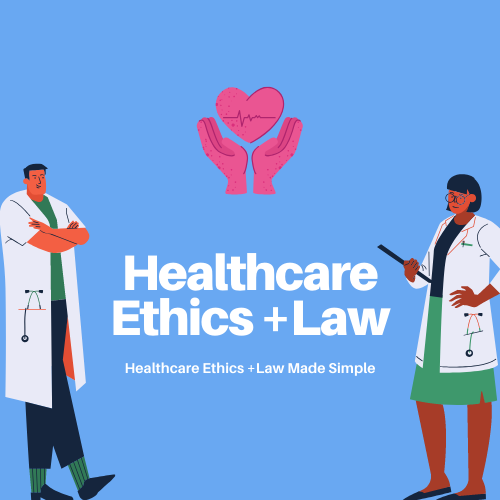Montgomery v Lanarkshire Health Board (2015)
The Case:
Nadine Montgomery was in the late stages of pregnancy when complications arose. At this point she was not told about the possibility of having a Caesarian section nor that, on account of her type 1 diabetes, there was a 9-10% risk of shoulder dystocia if she proceeded with vaginal birth.
The risk of dystocia materialised and her son was born with complex disabilities. She claims that she was not told of this risk nor the option of Cesarean section. Furthermore, should she have been given the latter option she reported that she would have taken it. She therefore, claimed damages in negligence.
The Ruling:
The Supreme Court ruled in her favour and claimed that she should have been told of the risks and alternative forms of treatment. They also ruled that the doctor had a duty to inform the patient of the material risks, which we will look at further, associated with the treatment options available.
Lord Scarman:
“To the extent that I have indicated I think that English law must recognise a duty of the doctor to warn his patient of risk inherent in the treatment which he is proposing: and especially so, if the treatment be surgery. The critical limitation is that the duty is confined to material risk. The test of materiality is whether in the circumstances of the particular case the court is satisfied that a reasonable person in the patient's position would be likely to attach significance to the risk.”
Material risks:
This case brought in the concept of a material risk. Material Risks can be broadly understood as:
(I) Risks that a reasonable person in the position of the patient would likely attach significance to, or,
(II) Risks the doctor should reasonably be aware that the particular patient would attach significance to.
There are two exceptions to the duty to provide the patient with material risks:
(I) Therapeutic Privilege - This is in cases in which the doctor is excused from disclosing information to a patient if they believe it would be "seriously detrimental to the patient's health."
(II) Emergency Situation - which meant that there was not time to inform the patient of the material risks.
Key Lessons:
Lady Hale claimed that the ruling brought the law in line with current GMC guidance on consent (for full guidance click here or for the GDC guidance on consent click here).
It highlighted the role of patient autonomy, informed consent and material risks.
Healthcare professionals are required to engage in a dialogue with patients when discussing matters of consent, it is not enough to simply get a patient to sign a consent form nor to barrage them with information. Time should be taken to explain the relevant information to the patient. Furthermore, the patient should be allowed time to ask questions and specific risks must be disclosed.
Patients are more informed than ever and have access to a wealth of information, for example, via the internet, so they should not be considered as uninformed individuals’ lacking in knowledge.
Risks cannot be reduced to mere percentages - if you think a patient would attach significance to the risk it ought to be disclosed.
Therapeutic privilege is not to be abused.
You can read the full case transcript below:
https://www.supremecourt.uk/cases/docs/uksc-2013-0136-judgment.pdf
Or you can watch the video below which goes through the case in great detail, as well as the previous gold standard for consent - the Bolam test.
Further Links:
www.39essex.com/cop_cases/montgomery-v-lanarkshire-health-board
MDU Journal - Informed consent: A year on from Montgomery
Has 'Montgomery' changed anything? - Shaun Sellars - BDJ Article
